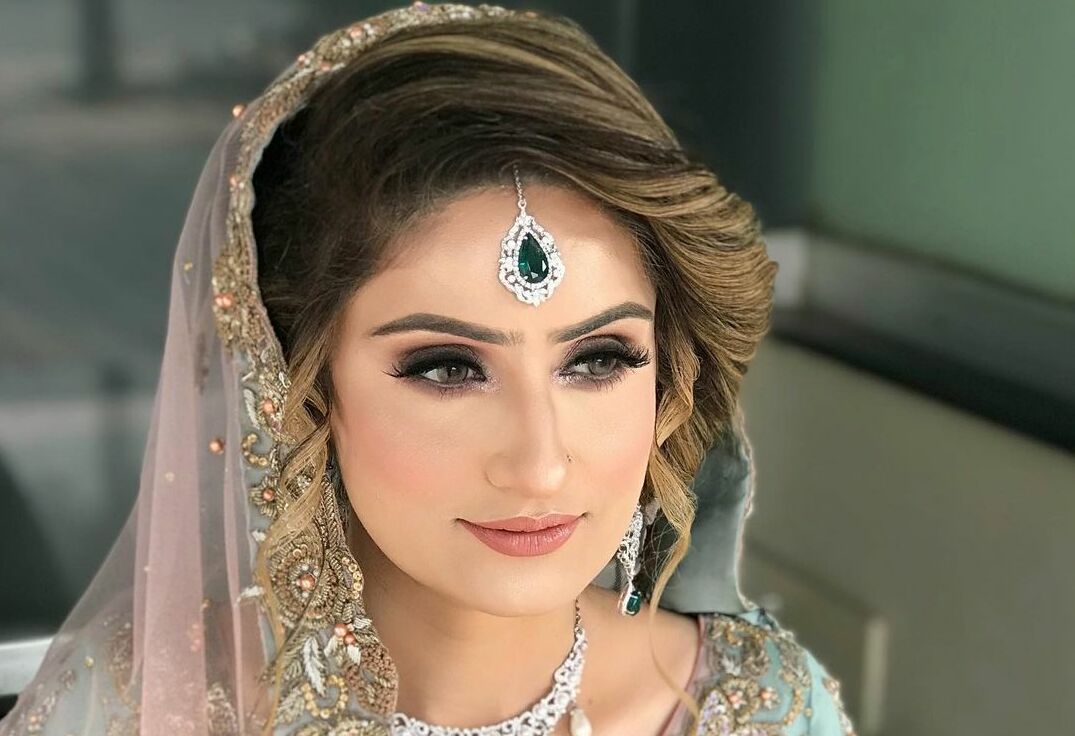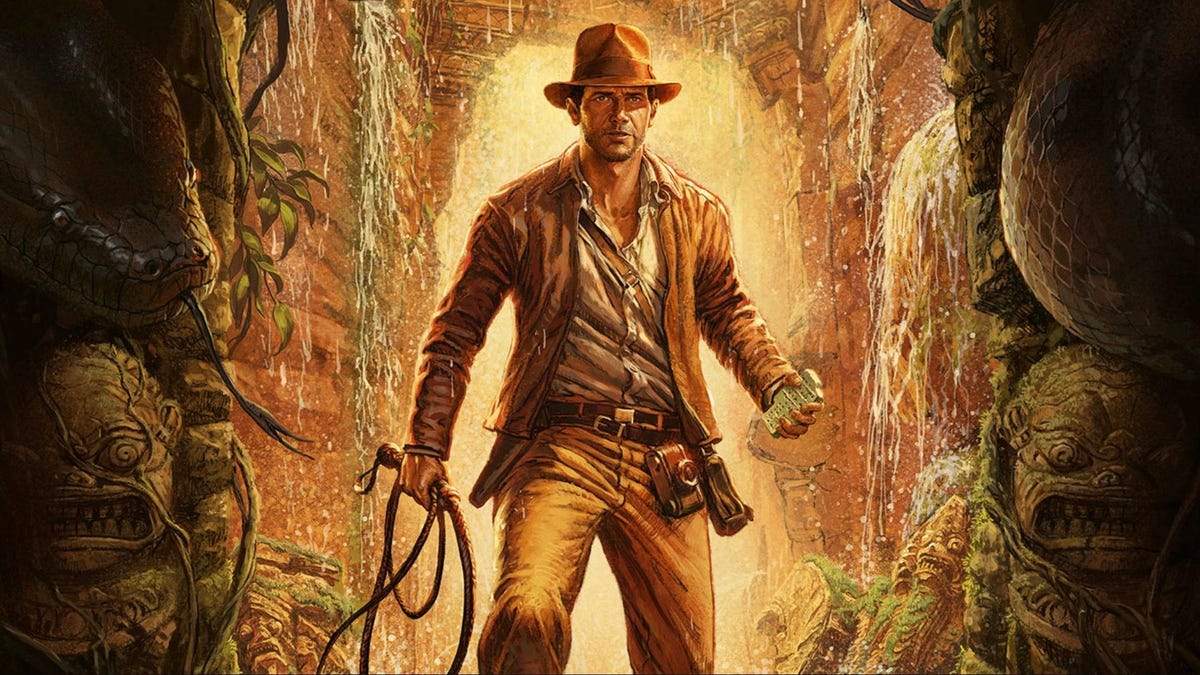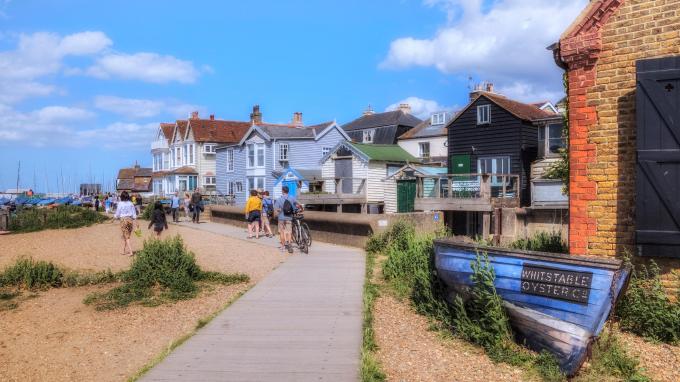
When people think of Oktoberfest attire, two things often come to mind: lederhosen for men and the German dirndl for women. These traditional garments have a rich history and cultural significance that extends far beyond just being a stylish outfit to wear while enjoying a beer at Oktoberfest. The German dirndl is much more than just a costume—it’s a symbol of heritage, identity, and tradition. In this article, we’ll explore the deeper meaning behind the German dirndl and its role as essential Oktoberfest attire. From its roots as humble working-class clothing to its rise as a fashion statement in modern times, the German dirndl has undergone significant transformations. Yet, it has remained a timeless piece that continues to embody Bavarian culture. Let’s dive into the fascinating history and evolving significance of the German dirndl, and why it remains a cherished part of Oktoberfest attire today.
Club Tracht – The Traditional German Dirndl
The German dirndl is a central element of what is known as “Tracht,” the traditional clothing worn in Bavaria and parts of Austria. The word “Tracht” is derived from an old German term meaning “to carry” or “to wear.” Historically, Oktoberfest attire like the German dirndl was worn by rural women in the Alpine regions. The dirndl itself was a practical garment designed to withstand the rigors of farm work while providing comfort and mobility. The dress was simple and functional, usually consisting of a bodice, blouse, full skirt, and apron. During the 18th and 19th centuries, the German dirndl was a staple for peasant women. The garment’s design allowed for easy movement while performing daily tasks, and its layered structure provided warmth during colder months. The materials used were often sourced locally, with wool and linen being the most common fabrics. These early versions of the German dirndl lacked the embellishments and intricate designs that we associate with modern Oktoberfest attire today. Instead, they were plain and utilitarian, reflecting the modest lifestyles of the women who wore them. However, even in these early forms, the German dirndl held a symbolic significance. The way a woman tied her apron bow could indicate her marital status. If the bow was tied on the left, it meant the woman was single; if tied on the right, she was married. This tradition still holds today, especially at Oktoberfest, where the placement of the apron bow communicates a woman’s availability in a fun and playful way. The German dirndl began its transformation from a work garment into formal Oktoberfest attire in the late 19th century. During this period, people in the urban areas of Bavaria began romanticizing rural life, and the German dirndl became a symbol of Bavarian heritage and identity. What was once considered simple workwear was now being embraced by the upper classes as part of the Club Tracht movement—a cultural revival aimed at preserving traditional Bavarian customs, including Oktoberfest attire.
Vintage Dirndl Dress – The Early Evolution
As Bavarians began to appreciate their cultural roots, the German dirndl underwent significant changes. The dress, once practical and simple, started to adopt a more decorative aesthetic, incorporating fine fabrics, embroidery, lace, and more vibrant colors. This marked the beginning of what we now consider the vintage dirndl dress, an early evolution of the traditional outfit. During the late 19th and early 20th centuries, German dirndls became popular among women of all social classes. The growing appreciation for traditional Oktoberfest attire led to more elaborate designs that were worn at festivals and special occasions, particularly Oktoberfest. Wealthier women would wear dirndls made from silk and velvet, adorned with delicate lace and intricate embroidery, while working-class women still preferred simpler, more affordable versions. By the early 20th century, the German dirndl had become a key part of Bavarian identity, both at home and abroad. It wasn’t just rural Bavarian women who donned the German dirndl—the garment became popular in cities, worn by women who wanted to celebrate their heritage during cultural events. The vintage dirndl dress became synonymous with Oktoberfest attire, and wearing one was a way for women to demonstrate their connection to Bavarian tradition, even as urbanization and modernization were reshaping society.
Today, vintage-inspired German dirndls are still a popular choice for Oktoberfest. These dresses evoke a sense of nostalgia, paying homage to the early versions of the dirndl while incorporating modern elements. The vintage Oktoberfest attire often features soft pastel colors, floral patterns, and delicate lace details, blending the old with the new in a seamless way.
Modern Dirndl – Quick Story Time
As times changed, so did the German dirndl. The mid-20th century saw a resurgence in the popularity of Oktoberfest attire, particularly as Bavarians sought to preserve their cultural identity in the face of globalization. However, the German dirndl underwent a significant transformation during this period, evolving into a modern fashion statement that went far beyond traditional Oktoberfest attire. A key moment in the modernization of the German dirndl came in the 1950s and 60s, when designers began experimenting with new cuts, fabrics, and patterns. The dirndl became shorter, with hemlines rising above the knee, making it a more playful and flirtatious option for women attending Oktoberfest. Modern versions of the German dirndl were often made from lighter, more flexible fabrics like cotton and polyester, offering women more comfort and freedom of movement than the traditional wool and linen. This shift from traditional to modern wasn’t just about aesthetics. It was also a reflection of changing societal norms. As women’s roles in society expanded, the German dirndl evolved to meet their needs, offering a fashionable yet functional outfit that could be worn at a wide range of events, not just Oktoberfest. While the traditional elements of Oktoberfest attire remained—the bodice, blouse, skirt, and apron—the modern German dirndl took on a life of its own.
Quick story time: In 2018, a group of friends from Munich decided to attend Oktoberfest in traditional German dirndls. One of them, Emma, wanted to wear a modern dirndl with a shorter skirt and bold floral print. While some in their group stuck with classic Oktoberfest attire, Emma’s modern dirndl caught the attention of many festival-goers, who complimented her for blending tradition with a contemporary twist. This is just one example of how the German dirndl continues to evolve and reflect personal style while remaining rooted in Bavarian heritage.
Today, modern German dirndls come in countless styles, colors, and patterns, allowing women to express their individual personalities while still honoring the traditional elements of Oktoberfest attire. Whether you prefer a sleek, minimalist design or a more vibrant and embellished look, there’s a modern German dirndl for every woman attending Oktoberfest.
The Deeper Cultural Meaning of the German Dirndl
While the German dirndl is now recognized as a key part of Oktoberfest attire, its deeper meaning goes beyond being just a fashionable outfit. The German dirndl represents a connection to Bavarian history, culture, and identity. For Bavarians, wearing a German dirndl is a way of preserving their heritage and passing down traditions from one generation to the next. Even in modern times, the German dirndl continues to symbolize values such as community, pride, and hospitality—hallmarks of Bavarian culture. At Oktoberfest, the German dirndl and lederhosen serve as a reminder of the region’s rural roots, and by wearing them, people celebrate not just the festival, but also the traditions that have shaped Bavaria for centuries. The Oktoberfest attire also carries a sense of regional pride. For many Bavarians, wearing a German dirndl or lederhosen at Oktoberfest is a way of showing loyalty to their homeland. While Oktoberfest has grown into an international celebration, with people from all over the world joining in the festivities, for Bavarians, wearing Oktoberfest attire is a deeply personal and meaningful experience.
Modern Variations & Personalization of the German Dirndl
In recent years, personalization has become a major trend in Oktoberfest attire, particularly when it comes to the German dirndl. While traditional styles remain popular, many women are opting for custom-made dirndls that reflect their own personalities and preferences. From unique embroidery to custom fabric choices, personalized German dirndls allow wearers to stand out while still adhering to the cultural significance of Oktoberfest attire. One of the reasons the German dirndl has remained so beloved is its versatility. Whether you’re looking for a traditional look or something more modern, the dirndl can be styled to suit your taste. Modern variations include shorter hemlines, sleeveless bodices, and a wider range of colors and fabrics, from denim to velvet. These contemporary touches make the German dirndl an incredibly flexible garment that appeals to women of all ages and backgrounds. Additionally, accessories such as hats, jewelry, and shoes allow women to further personalize their Oktoberfest attire. A traditional Alpine hat or statement necklace can add a finishing touch to any German dirndl, giving the wearer a complete and polished look.
German Dirndl & Sustainability
As sustainability becomes a growing concern in the fashion industry, many Oktoberfest-goers are seeking eco-friendly options for their Oktoberfest attire. Fortunately, many designers are now offering German dirndls made from sustainable fabrics like organic cotton, hemp, and linen. These eco-conscious options are not only better for the environment but also provide a modern twist on traditional Oktoberfest attire.
Sustainable German dirndls often feature natural dyes and handmade elements, ensuring that each piece is both unique and environmentally friendly. Additionally, the durability of these materials ensures that your dirndl will last for years, making it a worthwhile investment for future Oktoberfests.
Why the German Dirndl Endures as Essential Oktoberfest Attire
The German dirndl has stood the test of time for many reasons. First and foremost, it represents a deep connection to Bavarian culture and history. Wearing a German dirndl is a way for women to honor their roots while celebrating in style. At the same time, the versatility and adaptability of the German dirndl allow it to remain relevant in modern times. Another reason for the dirndl’s enduring popularity as Oktoberfest attire is its universal appeal. Whether you’re Bavarian or not, wearing a German dirndl allows you to participate in the cultural traditions of Oktoberfest, creating a sense of unity and celebration. For many festival-goers, the German dirndl is an integral part of the Oktoberfest experience.
Final Thoughts – The Timeless Significance of the German Dirndl
The German dirndl is far more than just a beautiful dress to wear at Oktoberfest. It is a symbol of Bavarian culture, tradition, and identity, embodying the spirit of community and pride that defines the region. As Oktoberfest attire, the German dirndl continues to evolve, blending old and new elements to create a garment that is both timeless and modern. Whether you’re wearing a traditional vintage dirndl or a personalized modern version, the significance of the German dirndl goes beyond fashion—it is a reflection of history, culture, and the enduring legacy of Bavarian customs. As Oktoberfest 2024 approaches, take a moment to appreciate the deeper meaning behind your Oktoberfest attire and the role it plays in celebrating one of the world’s most beloved festivals.
Read More On WCCO






